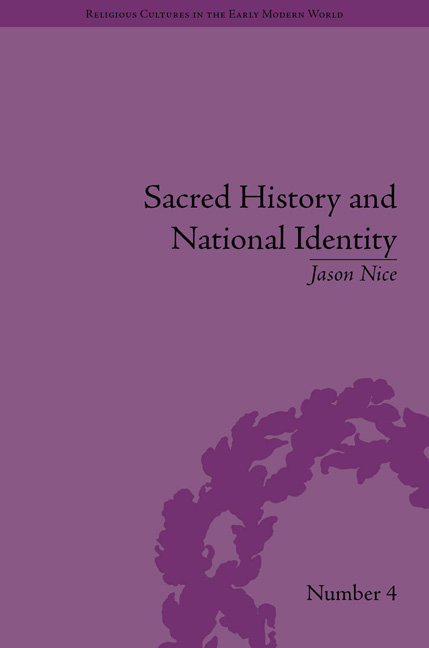5 - Brittany
Summary
In truth, my dear reader, I must admit one thing that I hold for certain without any doubt, I do not know of a single province in France (dare I say in all the world) that has better saints, in a greater quantity, than Brittany.
L. G. de La Devison, La Vie … de S. Brieuc (1627)The combination of legal interests with sacred historiography created an ‘assimilationist’ Welsh identity during the early modern period. In Brittany, by contrast, the same combination led to a ‘differentialist’ sense of identity. A comparison of the thoughts of two important Welsh and Breton scholars regarding the issue of language introduces the different conceptions of identity at stake in Welsh and Breton historiography of the period. David Powel explains that ‘the Welsh toong is commonlie used and spoken Englandward, beyond these old meares’. Powel further states in detail that in the marcher shires east of the Severn:
In the most part of them at this daie Welsh is spoken, as Oswestre, Knocking, Whit-tington, Elsmer, Masbrocke, Chirburie, Caurs, Clynn, Ewyas Lacy, Ewyas Heroald, Clifford, Wensorton, Yardley, Huntyngdon, Whytney, Loghardneys in Hereford-shire.
In Powel's Historie of Cambria, language operated alongside other chorographical interests, such as sacred historiography, in order to enhance the principal legal function of the work for his patron Henry Sidney.
Medieval Bretons had long been perplexed by the incongruity of Breton linguistic and political boundaries, and they often resorted to sacred historiography in order to reconcile the divergence. Importantly, this did not always lead to a restrictive sense of Breton identity. For example, the celebrated Breton chronicler Pierre Le Baud, writing during the last years of Breton political independence, described the history of the duchy in terms of its division into nine dioceses, and explained that among the nine ancient bishoprics existed:
… a marvelous distinction, because the three [dioceses] in the East spoke Gallic, the three in the West only spoke Breton, the other three in between mixed the two languages, and taken together they represented the area called the circuit of Brittany.
- Type
- Chapter
- Information
- Sacred History and National IdentityComparisons Between Early Modern Wales and Brittany, pp. 97 - 116Publisher: Pickering & ChattoFirst published in: 2014



